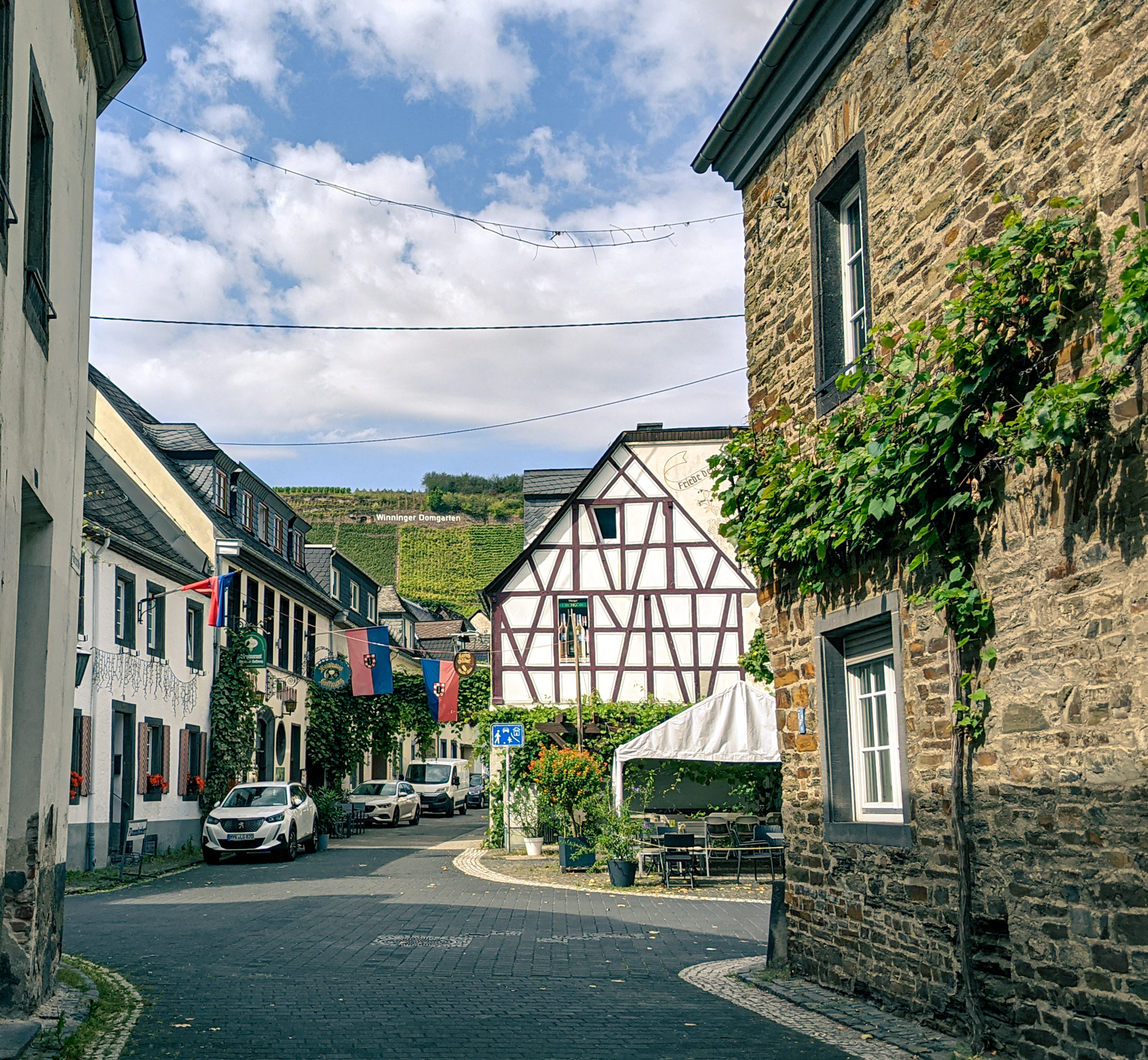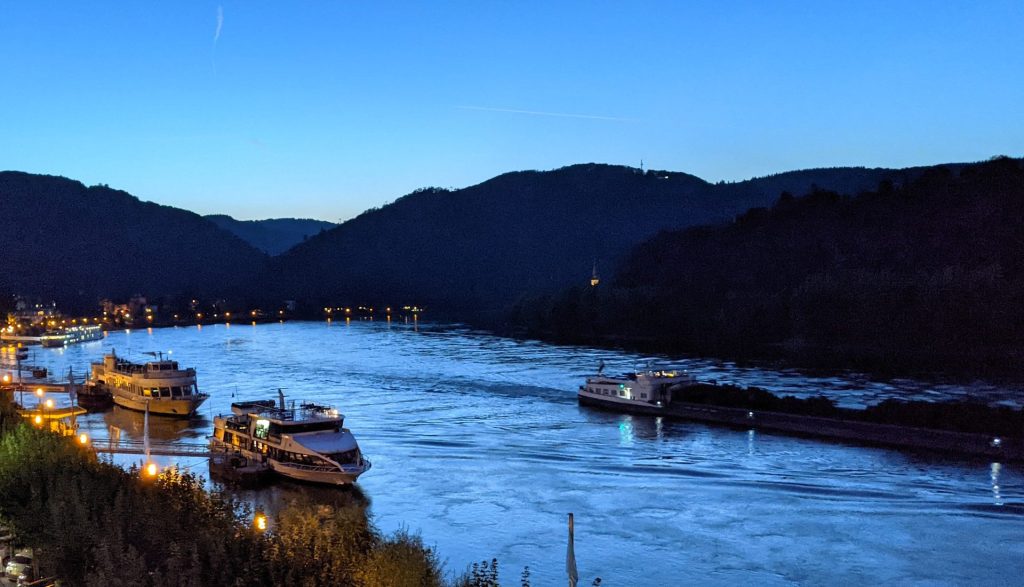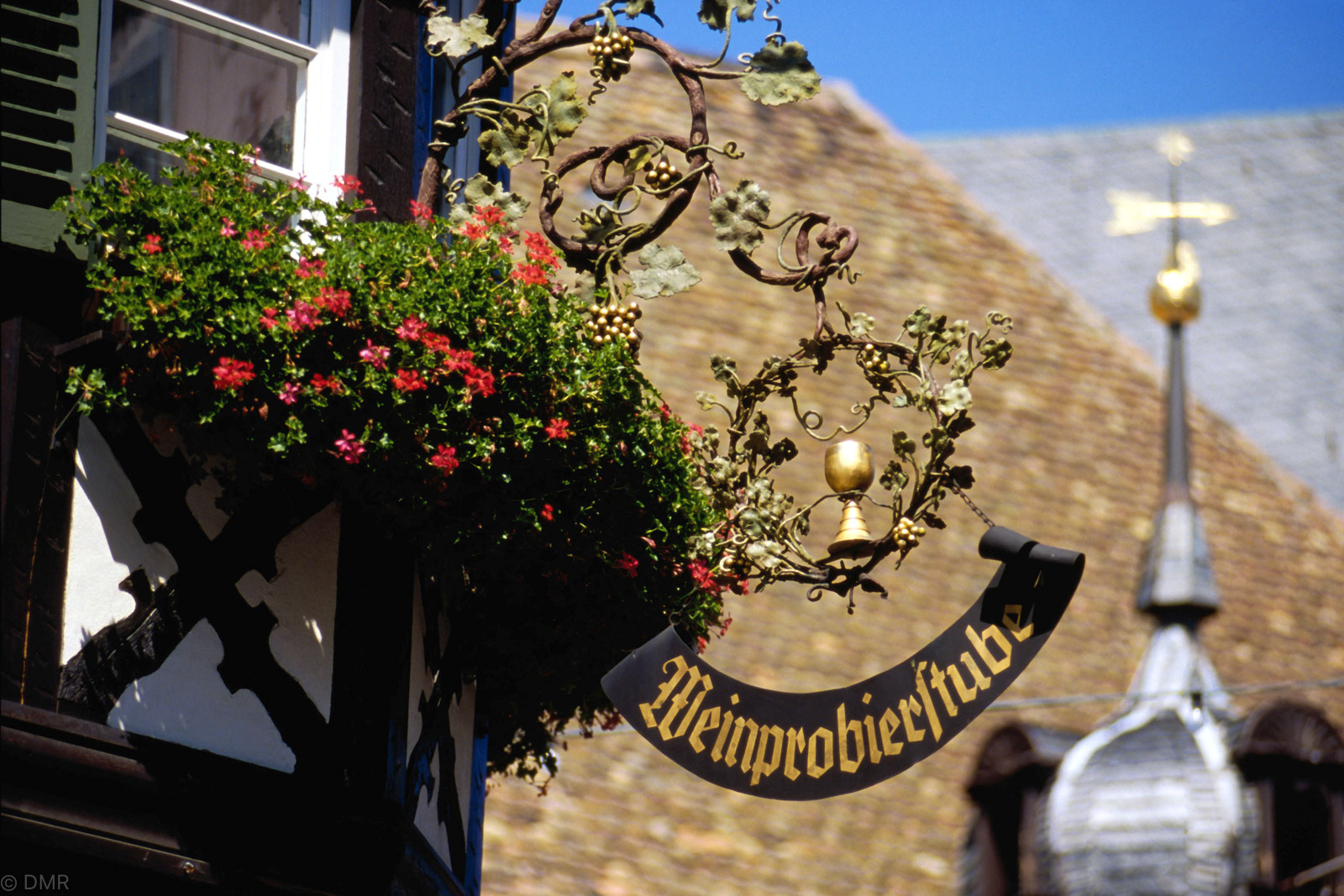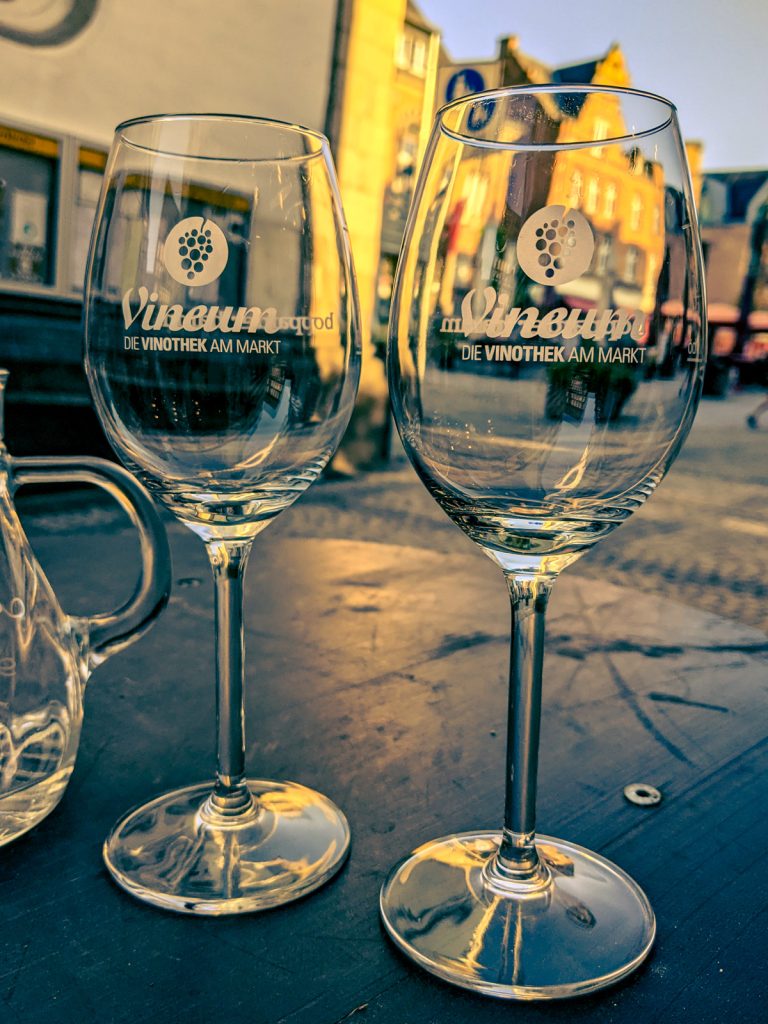Germany may be best known for its beer, but those who venture into the country’s wine regions will discover a deep and rich tradition of winemaking that dates back to Roman times. With over 13 wine regions, or “Anbaugebiete,” Germany is Europe’s 4th largest wine producer. The country’s unique geography, climate, and passion for precision all contribute to the world-renowned quality of its wines.
Let’s take a look at three main regions – the Mosel, Rheingau, and Pfalz – and highlight some of the remarkable wine producers that call these areas home.






